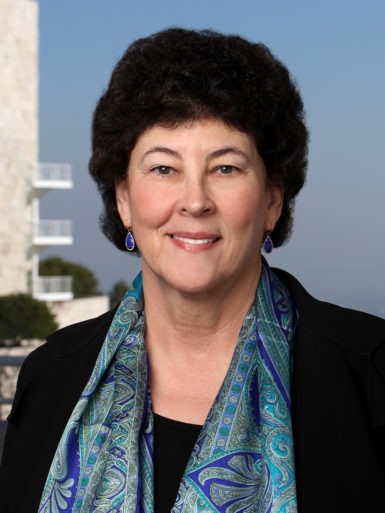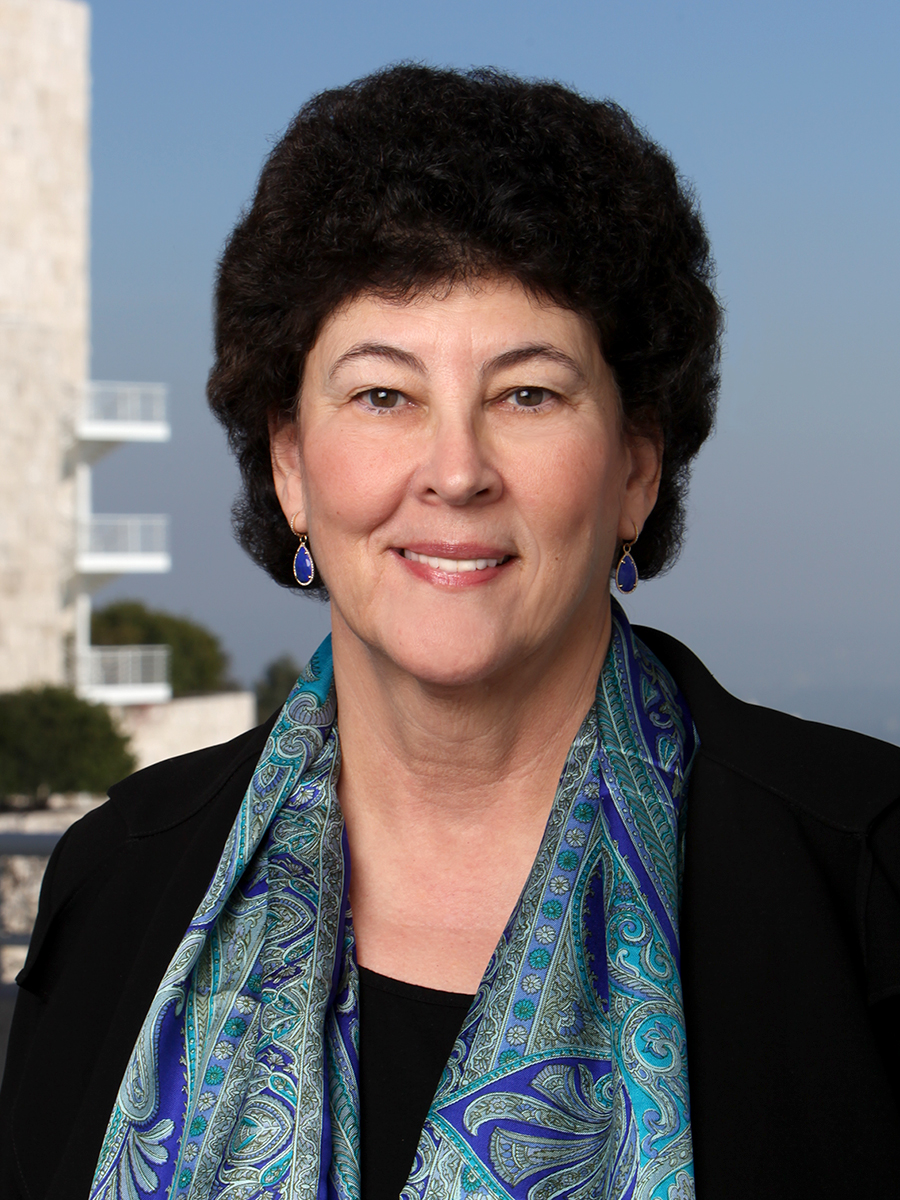[ad_1]

Deborah Marrow.
COURTESY GETTY FOUNDATION
Deborah Marrow, a longtime director of the Getty Foundation and a force within the Los Angeles art scene, has died. Announcing her passing, the Getty on Wednesday did not specify her age or a cause of death.
Marrow began working at the Getty in 1983 as a publications coordinator, and went on to serve in various high-ranking roles. Her longest and most sustained position came as the director of what was initially called the Getty Grant Program in 1984. Now known as the Getty Foundation, the program gives out significant funding to institutions, historians, and conservators around the world. Receiving a Getty grant has become one of the most prestigious honors within the art world. Marrow retired from the Getty Foundation last year after having led the institution for 35 years.
James Cuno, the president and CEO of the Getty Trust, said in a statement, “No one has contributed more to the life and mission of the Getty than Deborah, and we will miss her deeply…. She brought clarity, vision, and selfless dedication to her work, and made loyal professional friends around the world.”
Much of the Getty’s work has been central to the L.A. art community, though Marrow often spoke of the ways in which the funding it provided affected museums far beyond the city. “The Getty was established with both local and international audiences in mind, and we make grants abroad as well as here in Los Angeles,” she told Philanthropy News Digest in 2008. “We have always had a special relationship with our home city, even as we help institutions and individuals all over the world. The challenge is to find the right balance and focus among the many opportunities presented to us.”
Among the most important initiatives to have launched under Marrow’s tenure at the Getty Foundation was Pacific Standard Time, a large-scale project in which institutions in California join forces to showcase previously untapped strands of art history that are important to the region. The first one, staged in 2011 and 2012, focused on the postwar scene in Los Angeles; the most recent, in 2017, was a watershed event that brought an unprecedented level of visibility to Latinx and Latin American art in a city where nearly half its population identifies as Hispanic or Latinx. The forthcoming PST, due to open in 2024, will highlight the legacy of art and science in L.A.
[Read about how PST centered Latinx and Latin American art history in 2017.]
Speaking to the Art Newspaper earlier this year, Marrow said that PST launched because two leaders in the L.A. art world had called her, urging her to find a way to protect the city’s postwar art history, which was dying along with many of its artists. “At first, we thought it would just be an archival grant project,” she said. “Then we thought, let’s give a few grants to make these archives more accessible. Then we thought maybe we’d fund 10 or 12 exhibitions, which turned into this enormous thing.”
The last edition of PST, titled “LA/LA,” included more than 70 venues. Around $28 million in grant money has been awarded since PST was first launched.
Also launched under Marrow’s leadership was the now-defunct Online Scholarly Catalogue Initiative, which facilitated the digitization of museum publications at a time when such an act had still not been undertaken by most major U.S. institutions. That program was started in 2008 and continued through 2017. Eight museums were invited, among them Tate in London and the National Gallery of Art in Washington, D.C., and through the initiative, they “realized the promising potential of digital publishing,” according to the program’s final report, issued in 2017.
In an effort to ensure diversity at museums in L.A., the Getty Foundation also supports a program that funds undergraduate summer internships at various institutions for applicants of identities that have been traditionally under-represented within the art world. Marrow launched the program in 1993, and it was officially named after her in 2018 on the occasion of its 25th anniversary.
Beyond working at the foundation, Marrow also served in a variety of other roles. She had two terms as the interim president of the Getty Trust, from 2006 to 2007 and from 2010 to 2011. The former term came following a federal investigation into whether the Getty Trust had violated state tax laws governing its tax-exempt status, marking a low point in its history. Many said that Marrow helped keep the Trust afloat during that tumultuous time. In 2000, Marow also began as dean of external relations at the Getty.
That Marrow may have had such an illustrious career in the field of arts philanthropy would have come to a surprise to those who knew her during the early years of her career. She began as an art historian, penning a dissertation about Maria de’Medici, a famed arts patron during the 16th and 17th centuries whose most famous projects included commissioning Peter Paul Rubens to do an iconic cycle of paintings that is now owned by the Louvre in Paris. Asked whether this influenced her work at the Getty, Marrow once said, “Not really, though some people have teased that the grant-making we do at the Getty is patronage.”
One of her early entrees into the art world came as an editor at the publication Chrysalis: A Magazine of Women’s Culture. She had been a member of the feminist community in Philadelphia, where she received her B.A. and Ph.D. degrees at the University of Pennsylvania, and after talking with the famed activist Gloria Steinem, who told her that she felt like she didn’t need a significant amount of funding to start Ms. magazine, Marrow launched Chrysalis for $3,000.
That she was able to merge philanthropy and art history became one of her most important legacies. Neil MacGregor, a former director of the British Museum in London, said in a statement, “Deborah Marrow was that rare phenomenon—an art historian who was respected, admired, trusted and liked by her colleagues and fellows all round the world.”
[ad_2]
Source link

